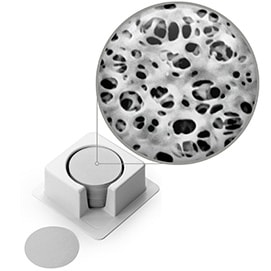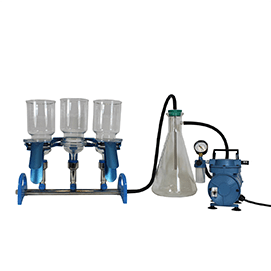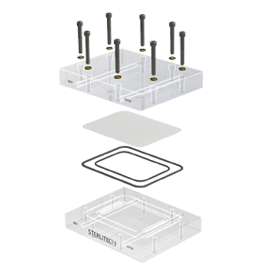Precision membrane filters in pore sizes larger than 5.0 microns are hard to come by, but not at Sterlitech.
One of our more popular membrane materials is Polyethersulfone (PES). The membranes are ideal for use with difficult biological solutions that tend to clog most other polymer filters, and the 0.2 micron pore size PES filter is the industry standard for sterile filtering of liquids. Sterlitech PES binds very little protein and has a very asymmetric pore structure lending to improved performance. The largest pore size available previously was only 5.0 micron, but this material frequently suffered from long lead times due to increased demand. Sterlitech has implemented steps to ensure current product availability, not only for the 5.0 micron PES filters, but now 8.0 micron as well!
PES is very hydrophilic and shows outstanding performance in a wide range of applications.






![Join Sterlitech at BIO 2024 [Booth #5558]: Exploring the Future of Biotechnology](https://www.sterlitech.com/media/magefan_blog/b4.jpeg)

